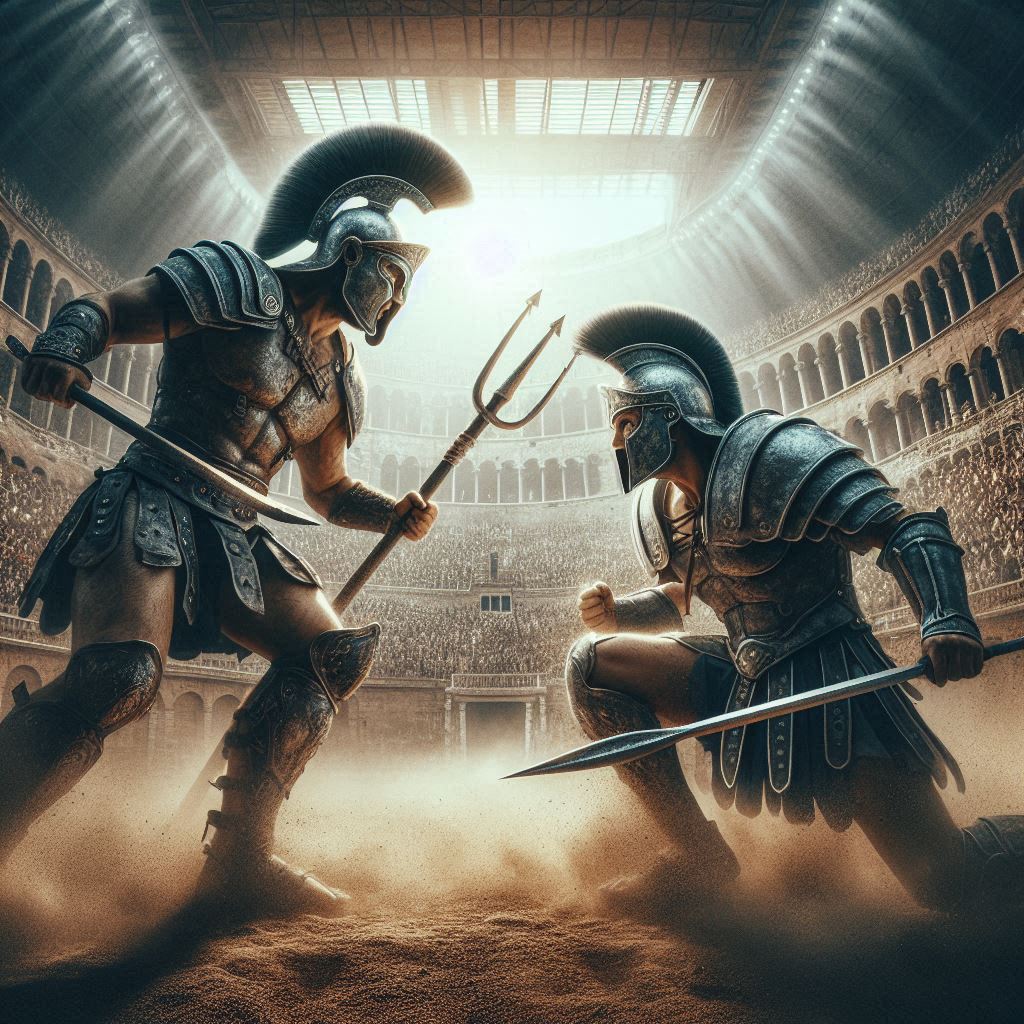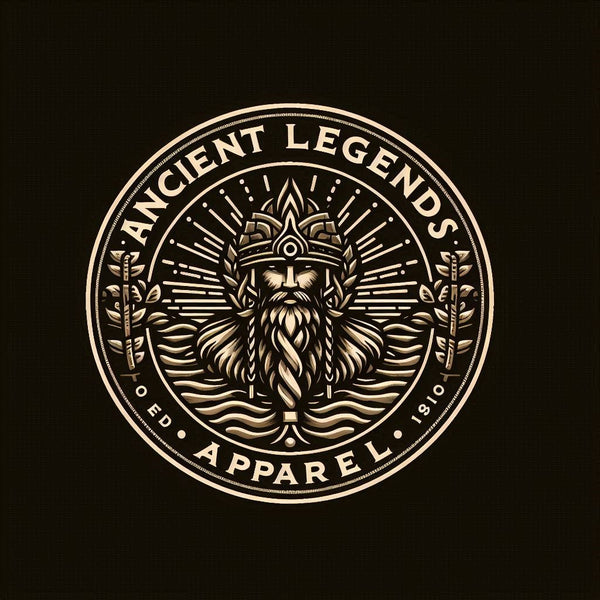
Gladiators of Rome: The True Story Behind the Bloodsport
Karl FinnbogasonShare
Few images from Ancient Rome are as iconic as the gladiator, the fearless warrior who fought for survival and glory in the grand arenas of the empire. For centuries, gladiatorial combat was one of the most popular forms of entertainment, drawing massive crowds to amphitheaters like the Colosseum in Rome. However, the reality behind these battles was far more complex than mere bloodshed and spectacle.
Who were these fighters? Why did they fight? And how did gladiatorial combat shape Roman society? This article explores the true history of Roman gladiators, from their origins and training to their battles and cultural legacy.
1. The Origins of Gladiatorial Combat
The tradition of gladiator combat did not originate in Rome but can be traced back to Etruscan funeral rites, where warriors fought to honor the dead. This practice evolved into a form of public entertainment, gaining popularity in the Roman Republic and later becoming a defining feature of the Roman Empire.
- The first recorded gladiatorial combat in Rome took place in 264 BCE, when the sons of Junius Brutus Pera organized fights in honor of their deceased father.
- Over time, these contests expanded in scale and frequency, eventually becoming state-sponsored events held in massive arenas.
By the height of the empire, gladiator fights were a central part of Roman culture, reflecting the values of strength, courage, and martial prowess that Rome admired.
2. Who Were the Gladiators?
Despite their legendary status, gladiators came from diverse backgrounds and were often fighting for survival rather than fame.
2.1 The Different Types of Gladiators
Gladiators were not all criminals or slaves—many were volunteers, prisoners of war, or even former Roman soldiers. There were several main groups:
- Slaves – Often captured from conquered territories and forced into gladiatorial schools.
- Criminals (Noxii) – Condemned men who had no choice but to fight for entertainment.
- Prisoners of War – Many gladiators were captured warriors from lands such as Gaul, Thrace, and Germania.
- Free Romans – Surprisingly, some free men willingly became gladiators in pursuit of wealth and fame.
3. The Life of a Gladiator: Training and Discipline
Gladiators were not simply thrown into the arena; they underwent rigorous training in gladiator schools (ludi), where they learned the art of combat under strict discipline.
3.1 Gladiator Schools
The most famous gladiator school was the Ludus Magnus in Rome, located near the Colosseum. Other prominent schools were found in Capua and Pompeii.
- Gladiators trained with wooden weapons before progressing to real ones.
- Their diet was carefully monitored, consisting of barley, beans, and meat to maintain muscle mass.
- They were often housed in harsh conditions, living in barracks under the control of a lanista (trainer and owner of gladiators).
3.2 Weapons and Fighting Styles
There were many types of gladiators, each with unique armor and weapons designed to create dramatic, balanced fights.
- Murmillo – Wore a large helmet and fought with a gladius (short sword) and shield.
- Thraex (Thracian) – Wielded a curved sword and small shield.
- Retiarius – Armed with a net and trident, representing a fisherman.
- Secutor – Designed to counter the Retiarius, wearing a smooth helmet to prevent entanglement.
- Hoplomachus – Modeled after Greek hoplites, carrying a spear and round shield.
Each matchup was carefully planned to create exciting duels with opposing strengths and weaknesses.
4. The Arena: A Stage for Life and Death
The Colosseum, also known as the Flavian Amphitheater, was the most famous gladiatorial arena, capable of holding up to 50,000 spectators. Other grand amphitheaters existed throughout the empire, from Pompeii to North Africa.
4.1 The Spectacle of the Games
Gladiator fights were part of larger public festivals, often featuring:
- Mock naval battles (Naumachia) – The Colosseum could be flooded to reenact famous sea battles.
- Beast Hunts (Venationes) – Exotic animals like lions, elephants, and tigers were pitted against gladiators or hunters.
- Public Executions – Criminals and prisoners were sometimes thrown to wild animals.
Gladiators rarely fought to the death, as they were valuable investments. However, if a fight resulted in one gladiator’s defeat, the fate of the loser was often decided by the audience and the presiding official.
- Thumbs Up or Thumbs Down? Contrary to popular belief, the exact hand signal used is debated, but Roman spectators had the power to decide whether a fallen gladiator was spared or executed.
5. The Most Famous Gladiators in History
Some gladiators achieved legendary status, their names surviving in historical records and legends.
- Spartacus – A former Thracian soldier turned gladiator, Spartacus led a massive slave revolt (73-71 BCE) that nearly toppled Rome.
- Flamma – A Syrian gladiator who was offered freedom multiple times but chose to keep fighting.
- Commodus – The Roman Emperor (180-192 CE) who fought in the arena to demonstrate his strength.
These gladiators became heroes to the masses, sometimes even earning wealth and freedom through their victories.
6. The Decline of Gladiatorial Combat
As Rome transitioned from military conquest to political decline, the spectacle of gladiator combat began to fade.
- In 325 CE, Emperor Constantine reduced gladiatorial games as part of his move toward Christianity.
- By 404 CE, Emperor Honorius officially banned gladiatorial combat, viewing it as barbaric.
- Over time, the rise of Christianity and shifting cultural values led to the complete disappearance of gladiator games.
Despite this, the legacy of gladiators lives on in history, literature, and modern entertainment.
7. Gladiators in Modern Culture
The legend of the gladiator continues to fascinate the world. From movies and books to video games and sports, gladiatorial combat remains a symbol of strength, resilience, and spectacle.
7.1 Movies and TV Shows
- Gladiator (2000) – Starring Russell Crowe, this film brought Roman gladiators back into mainstream pop culture.
- Spartacus (TV Series, 2010-2013) – A dramatic retelling of Spartacus’ rebellion.
- Rome (HBO, 2005-2007) – Showcased the brutality of the Colosseum and Roman society.
7.2 Gladiator-Themed Sports and Competitions
- MMA (Mixed Martial Arts) is often compared to gladiator fights, with fighters competing in a modern arena.
- Gladiator reenactments and historical documentaries keep the spirit of the games alive.
The Eternal Legacy of Rome’s Gladiators
Gladiators were more than just warriors; they were symbols of strength, survival, and the grandeur of Rome. Their battles captivated audiences, their stories inspired revolutions, and their influence can still be felt in modern entertainment.
While the bloodshed of the Colosseum is long gone, the legend of the gladiator endures, reminding us of a time when warriors fought for glory, freedom, and immortality.
